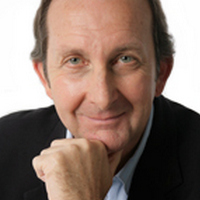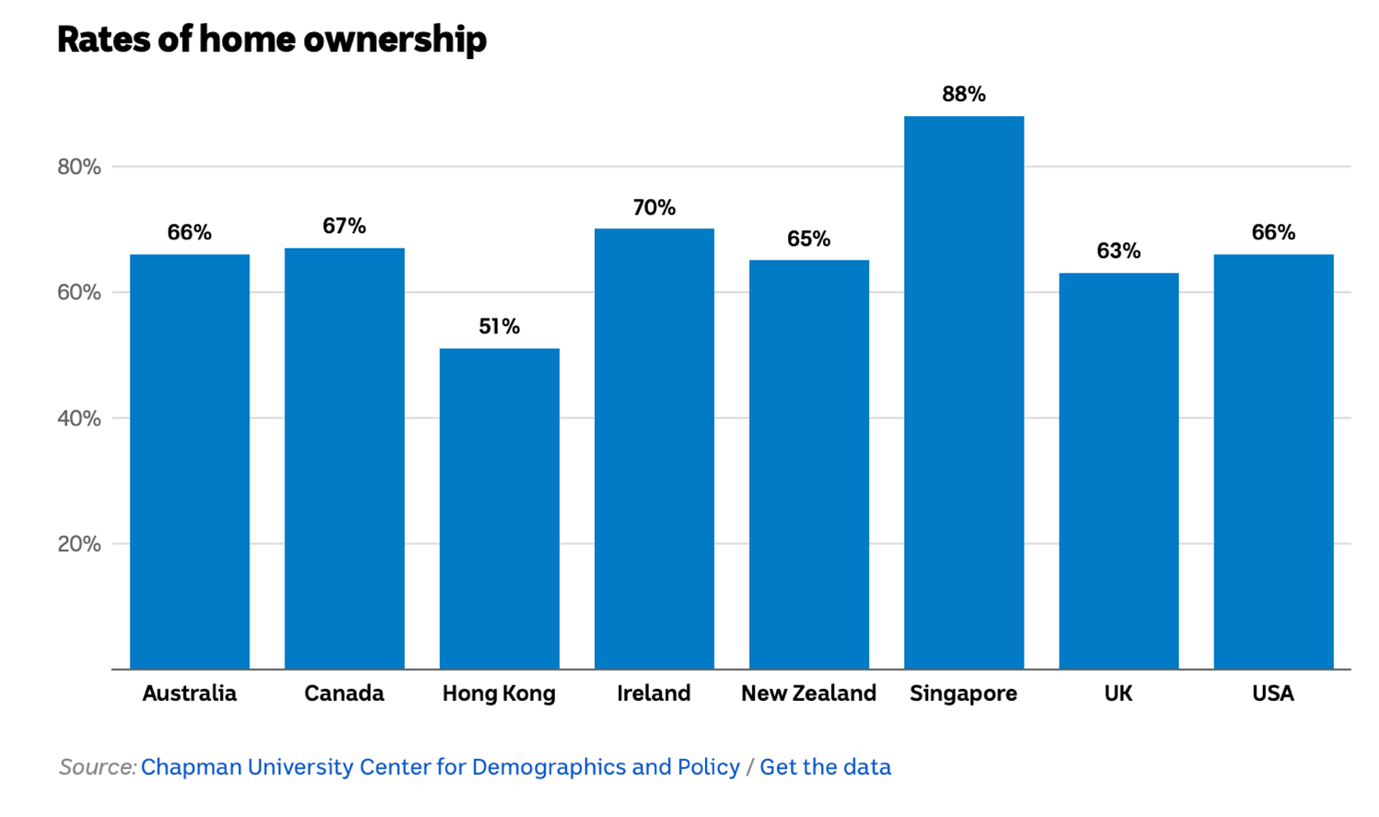

A private university in the US that’s noted for its research has told us something we’ve all suspected: it’s damn hard for middle-income Australians to buy a property with our capital cities ranked as some of the most unaffordable in the world! And it raises this question: why can’t voters here demand politicians do something about it?
The Californian-based Chapman University has a Frontier Centre for Public Policy, and it published its Demographia International Housing Affordability Report, which screamed that housing is a big problem in Australia. Of course, we all know this but identifying ‘why’ has to be the basis for us demanding politicians to stop promising to do something but actually start doing something.
In late 2022, Treasurer Chalmers told us we would see the building of a million homes in five years. However, by April 2023, the AFR led with this headline: “Labor’s pledge to build 1 million homes on track to fail…”
And then in December 2023, the Minns Government announced official plans to replace the Rosehill Gardens Racecourse with 25,000 homes, in a bid to “re-shape Sydney”.
The ABC reported that “the new suburb will likely become an extra stop on the Metro West, which the government has just given the green light, linking Parramatta to Sydney’s CBD”.
By February 2024, the SMH headlined: “Irreconcilable differences: Minns concedes Rosehill city may not proceed.”
The Minn’s decision not to proceed might be a smart one, but it suggests the initial commitment was a dumb or poorly considered one.
So, just how bad is our housing problem compared to the rest of the world?
According to the ABC’s take on the Report:
This chart shows how our home ownership is similar to countries we compare ourselves to, but Singapore has managed a better outcome for would-be homeowners. However, it might mean building ‘up’ rather than ‘out’.

The Report looked at how Singapore achieved 88% home ownership and found the following: “Singapore established the Housing and Development Board (HDB), which adopted policies to encourage a property-owning democracy in Singapore and to enable Singapore’s citizens in the lower-middle-income group to own their own homes”.
Of course, with a lack of land, the new homes were apartments, and the ‘island’ country is stacked with apartment blocks. But government policies insist on high standards, so they haven’t allowed these public housing precincts to become social disasters, which we’ve seen here and in places such as London and New York.
At the core of housing success and failure are politicians and governments who have the vision and the resolve (let’s call it guts) to actually solve this huge housing problem.
And it will mean that those citizens who unreasonably oppose high rise in their suburbs will have to be ignored or nothing will happen.
In Sydney, Paul Nicolaou, Executive Director of Business Sydney, said Parramatta Road, Victoria Road and the Great Western Highway represented a huge opportunity to help ease the shortage of affordable homes for purchase or rent.
But he argued for this to happen, there was a need to “…free up planning rules, shorten the glacially slow development approval process and allow the private sector to get on with building the much-needed homes along these corridors”.
He argues: “Sydney has three golden opportunities to dramatically increase housing supply in the form of Parramatta Road, Victoria Road and the Great Western Highway.
“Each of these roads is crying out for sensible development and is well suited to medium density housing of up to eight storeys complemented by innovative public transport solutions.”
We need politicians in all of our cities to own such a vision and then have the guts to make that vision happen for the sake of young Australians who are being screwed in the property market.